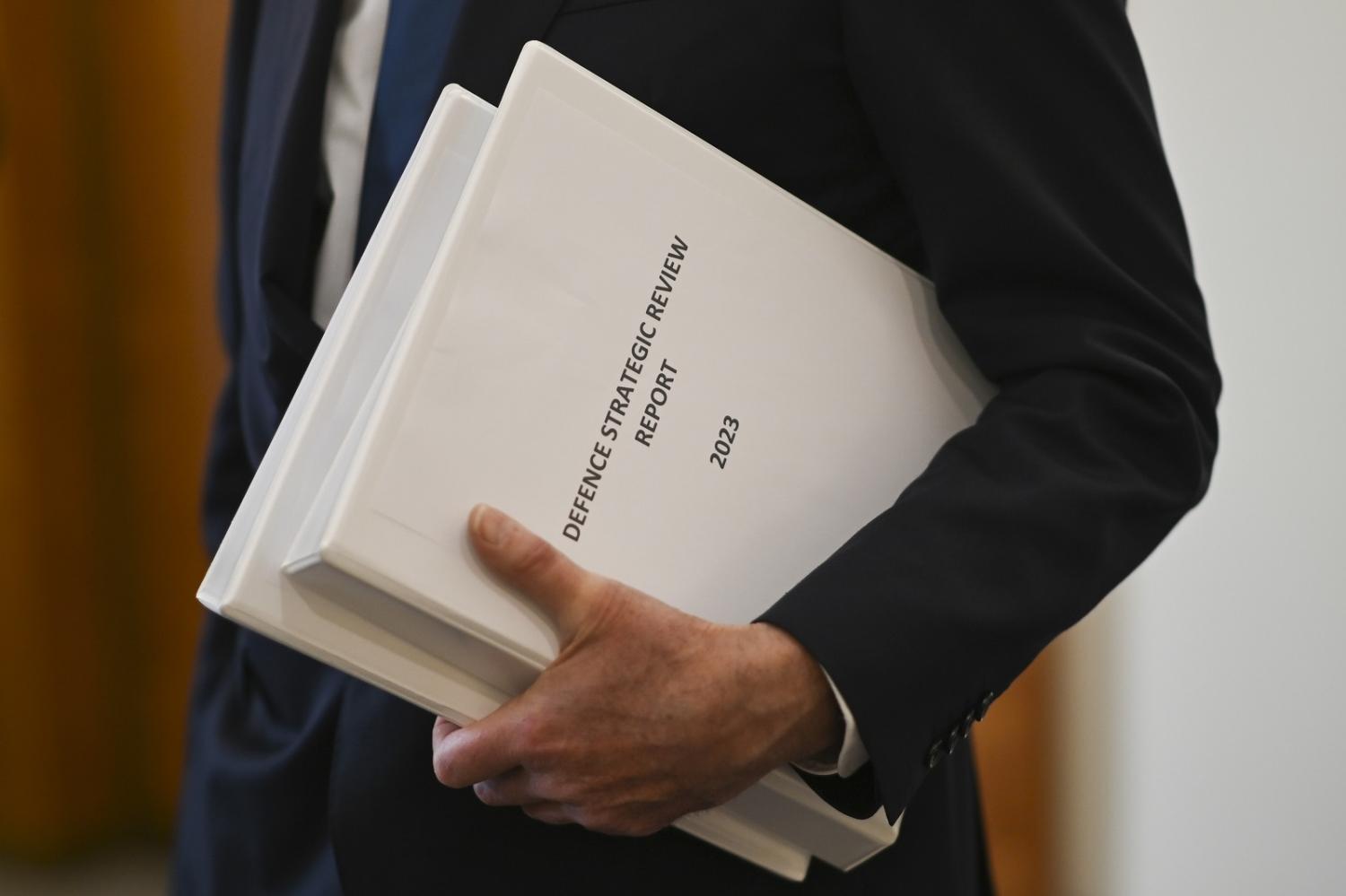On first impressions, there is a great deal to like in the Labor government’s first major statement on defence policy, National Defence, released today. But to be accurate, this is not, strictly speaking, a government document. The report was produced by two eminent Australians, former Defence Minister Stephen Smith and former Chief of Defence Force Sir Angus Houston (also a member of the Lowy Institute’s board). The document released today is an unclassified version of their report, with an appendix summarising the government’s response. This appendix accepts all the Smith-Houston recommendations, so it is reasonable to read the document as a reflection of government policy. But there is room for doubt on that question, to which we will return.
First, the positives from Smith and Houston. The document begins with geographic focus: the work of directing the Australian Defence Force’s energy entirely towards our neighbourhood, which was a feature of the 2013 White Paper and the 2020 Defence Strategic Update, is further refined here. Australia’s area of primary defence interest is “the north-eastern Indian Ocean through maritime Southeast Asia into the Pacific. This region includes our northern approaches.”
What should the ADF be used for? The report overwhelmingly endorses a strategy of denial, which it correctly describes as a defensive approach designed to stop an adversary from getting their way. That is to say, in an era when Australia faces a fast-rising great power, it is not reasonable to think Australia can win any military conflict, only that it deny victory to the adversary.
How? By employing what the report calls anti-access/area-denial capabilities (A2/AD), the first time I have seen this phrase used in a government-endorsed document. It is jarring because this term is typically used to describe China’s maritime strategy. It has been a successful and cost-effective way for China to make its surrounding oceans too dangerous for US naval and air forces to operate in. Australia can and should do the same to China.

It is also good to see the “balanced force” concept rejected in favour of a “focused force” (a term that long-time defence watchers may find familiar). To that end, the government endorses the report’s recommendation to cut armoured vehicle and artillery purchases for the army. Those systems don’t have much place in an A2/AD strategy. In fact, they would be most useful if a future government wanted the army to play a part in another US-led ground operation in the Middle East or elsewhere. The cuts therefore signal a reluctance to go down that road again. The report authors might have reinforced this message by also recommending cancellation of the Apache attack helicopters.
Then there is the intriguing recommendation for a review of Australia’s surface ship capabilities, which appears to have the Hunter-class frigate program in its sights. Given the unprecedented vulnerability of large surface ships to cheap anti-ship missiles, this is entirely welcome. The danger, however, is that the Hunter program is cut back rather than cancelled, leading to spiralling per-unit costs.
The embrace of resilience as a feature of Australian deterrence is also good news. Hardening our northern air bases and improving their logistics makes it more difficult for an adversary to knock them out. It is an easy and affordable way to get much more from expensive systems such as the F-35 stealth fighter.
It is also good to see the idea of Australia acquiring the B-21 intercontinental bomber firmly knocked on the head. Defence Minister Richard Marles may be all about “impactful projection”, but it seems we don’t need to project power quite that far. Elsewhere, the report also says “Australia’s navy must be optimised for operating in Australia’s immediate region”.
Taken together, this raises a point of tension and ambiguity in the report, around the concept of distance. The term “long-range strike” appears often and is firmly endorsed, yet it’s never quite clear what “long range” means. In the hands of the army, it could be a rocket artillery system or anti-ship missile with several hundred kilometres of range. For the navy with its submarines and Tomahawk cruise missiles, it is in the several thousands of kilometres, which means being able to hit the Chinese landmass.
That’s the ambiguity. The tension arises when we compare the tone of this report with the strategic intent of the AUKUS trilateral security pact with the United Kingdom and United States. If the navy should be “optimised for operating in our immediate region”, why do we need submarines optimised for operating thousands of kilometres north of it? Why is the RAAF Tindal air base being modernised so the United States can operate long-range bombers from there? And why is a naval base in Western Australia being upgraded so that the United States and United Kingdom can operate submarines along China’s coast?
The government can square this circle. It can say our nuclear-powered submarines are not intended to operate along China’s coast but to defend Australia’s own. So far, however, it has not sent this message. The government could also say AUKUS is about securing the broader regional order alongside our allies. In fact, Defence Minister Richard Marles’ introduction to National Defence argues that “The defence of Australia’s national interests lies in the protection of our economic connection with the world and the maintenance of the global rules-based order.” But it is difficult to find that sentiment in the report itself.

